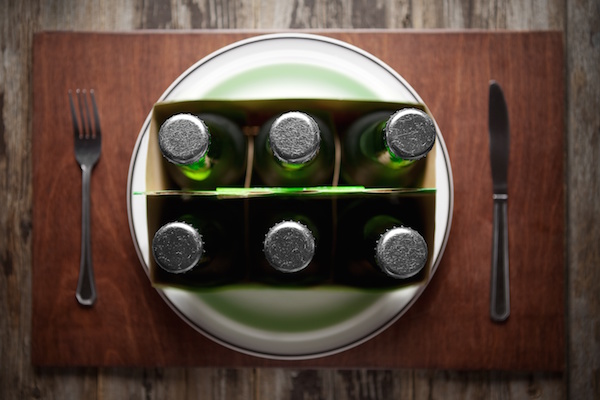
MONDAY, March 5 (HealthDay News) — The more adolescents watch movie stars sidle up to the bar on the big screen, the more alcohol they drink themselves, a new study suggests.
A cross-sectional survey of more than 16,000 teens aged 10 to 19 from six European countries — the largest study of its kind — indicated that 27 percent had consumed five or more drinks on at least one occasion.
Teens who had seen more alcohol use in movies were significantly more likely to have engaged in binge drinking, a pattern observed across cultures with different norms regarding teen and adult alcohol use.
“The striking thing to me is how consistent the results were across countries and cultures,” said study co-author Dr. James Sargent, a professor of pediatrics and community and family medicine at Dartmouth Medical School in Lebanon, N.H. “Whatever you want your alcohol to do for you — make you feel rich, funny, sophisticated — you can see that in the movies. That shapes how kids see alcohol and their decisions whether to binge drink.”
The study was released online March 5 in advance of publication in the April print issue of the journal Pediatrics.
Research centers in Germany, Iceland, Italy, the Netherlands, Poland and Scotland gave students lists containing a random selection of 50 box-office hits based on data on movie revenues in each respective country. Participants were asked to report how often they had seen each movie, all of which were content-coded with regard to alcohol use, and how often they consumed five or more alcoholic drinks at one time.
Fifty-six percent of the movies listed were included in the top 100 box-office hits in the United States, where recent research indicated a similar link between actors’ onscreen alcohol use and teen drinking habits, Sargent said. Overall, 86 percent of the total 655 movies included at least one alcohol scene, the study said.
The most highly exposed adolescents had seen more than 10,000 alcohol depictions from their country-specific sample of popular movies, the study estimated.
“Adolescents are particularly vulnerable because they’re seeking identity, seeking role models, seeking ways of acting in a particular situation,” said Dr. Dimitri Christakis, director of the Center for Child Health, Behavior and Development at Seattle Children’s Research Institute. “So the idea that you would see actors, many of whom you might look up to, drinking — and excess drinking in many cases — not only normalizes it for adolescents but goes further and makes it the kind of behavior you would want to emulate.”
Study participants who were exposed to more movies depicting alcohol use were much more likely to have engaged in binge drinking even after controlling for other influences such as frequency of drinking by peers, parents and siblings, rebelliousness, school performance, family affluence and television screen time.
Christakis said the study’s main weakness was its cross-sectional nature, which generalizes results from only a slice of a certain population. “It’s very difficult to prove causal relationships with cross-sectional data,” said Christakis, also a professor of pediatrics at the University of Washington School of Medicine. “But this has been studied in many different cultures and countries and yet replicated in all of them, which gives it further credence.”
Just as cutting smoking scenes from movies has decreased smoking rates over time, doing the same with alcohol could produce similar effects, Sargent and Christakis agreed, though they characterized such an initiative as unlikely.
“There has been a big public health outcry directed at the movie industry that has shamed and embarrassed them that [contributed to a drop in] movie smoking,” Sargent said. “The same thing could and should happen with alcohol.”
More information
The U.S. Centers for Disease Control and Prevention has more about teen drinking.

